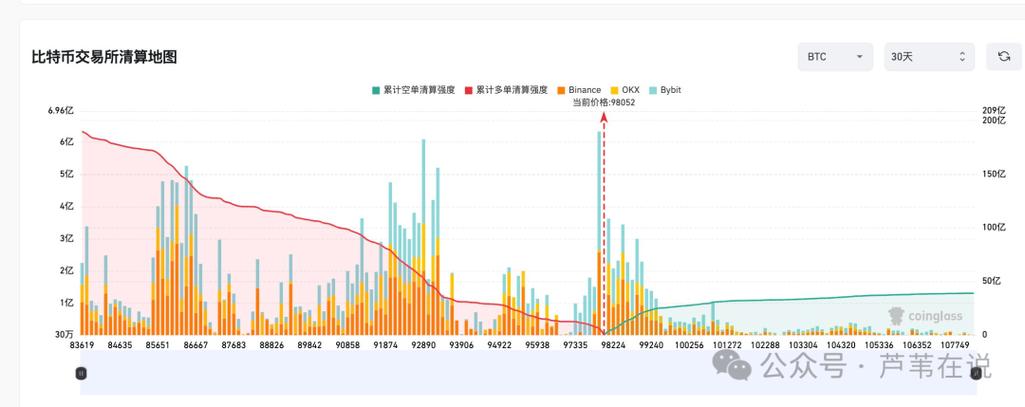In the ever-evolving landscape of cryptocurrency, Asia stands out as a powerhouse region, especially when it comes to Bitcoin mining. With the surge in Bitcoin’s popularity and the expanding blockchain ecosystem, the demand for cutting-edge mining rigs has never been higher. For investors and enthusiasts alike, identifying the best mining machines tailored for the Asian market can determine profitability and long-term success. In this comprehensive buyer’s guide, we delve into the intricacies of mining rigs designed for Bitcoin and other currencies, revealing why Asia’s leading rigs have become pivotal in crypto mining and hosting operations.
Mining rigs, at their core, are specialized hardware built to solve complex cryptographic puzzles, validating transactions on blockchain networks like Bitcoin (BTC) and Ethereum (ETH). Unlike the earlier days when CPUs and GPUs sufficed, modern mining necessitates ASIC-based miners offering unparalleled speed and efficiency. Asia, home to some of the world’s most advanced semiconductor manufacturing hubs, produces an impressive array of mining machines that capitalize on state-of-the-art chip technology. These rigs not only boast higher hash rates but also demonstrate reduced energy consumption—a crucial feature given the ever-increasing difficulty of Bitcoin mining and the volatile nature of electricity costs.

Bitcoin mining remains the most lucrative venture in crypto, drawing a diverse pool of miners—from individual hobbyists to sprawling industrial mining farms. Hosting mining machines, an increasingly popular business model, allows miners to outsource the physical maintenance and electricity costs to professional operators. This method protects their investment against operational hiccups and fluctuating power bills, establishing a hassle-free income stream. Asian companies have carved a niche in this hosting ecosystem by offering subterranean data centers optimized for mining rigs, providing optimal cooling, security, and stable power supplies. With a strategic geographical advantage, these hosting farms contribute significantly to the global Bitcoin hash rate.
Ethereum (ETH) mining, known for its distinctive Proof-of-Work mechanism (prior to its transition to Proof-of-Stake), still garners considerable attention. Although ETH mining rigs differ in architecture from Bitcoin miners due to algorithmic variations—Ethereum’s reliance on memory-intensive DAG files demands powerful GPUs—the principles of hosting and efficient deployment resonate similarly. With the recent shifts in Ethereum’s consensus protocol, the focus on mining diversification is stimulating miners to explore alternative cryptocurrencies, including Dogecoin (DOG). Notably, the meme-inspired cryptocurrency has transitioned to proof-of-work, requiring mining rigs compatible with its algorithm, often paralleling Litecoin’s Scrypt-based mining.

Exchanges play a pivotal role in this ecosystem. Miners must convert their mined coins into fiat or other digital assets, and high-volume exchanges in Asia facilitate seamless, low-latency transactions. Partnerships between mining rig sellers, hosting providers, and exchanges ensure a streamlined operation where returns are promptly liquidated or reinvested. This synergy often dictates the strategic posture of miners, especially those holding positions in volatile currencies like Dogecoin and Ethereum Classic, alongside staple assets like Bitcoin.
The rise of mining farms epitomizes the industrialization of crypto mining. Large-scale farms house thousands of miner units, often spread across vast properties with customized power infrastructures and cooling solutions. In Asia, countries with favorable energy tariffs—often derived from renewable sources—have attracted investment into these farms, boosting the global mining capacity. For buyers aiming to scale, understanding the nuances of mining rig specifications—such as hash rate, energy efficiency, noise levels, and heat dissipation—is essential. Furthermore, when buying machines, factoring in firmware support, warranty, and service guarantees from vendors becomes decisive.
For the discerning buyer, a crucial aspect is evaluating the ROI (Return on Investment). Given the cycling difficulty of mining networks and the fluctuating value of cryptocurrencies, selecting rigs that balance upfront cost against output performance is paramount. Asia’s suppliers frequently offer models optimized for cryptocurrency diversity—multi-algorithm rigs capable of toggling between Bitcoin, Ethereum-compatible tokens, and altcoins like Dogecoin. This adaptability enhances operational resilience in the face of market shifts.
In conclusion, Asia’s leading Bitcoin mining rigs are more than mere hardware; they represent the convergence of advanced semiconductor technology, optimized power solutions, and strategic hosting services. Savvy cryptocurrency miners, whether operating solo or harnessing massive mining farms, must navigate this curated ecosystem with a deep understanding of market dynamics, hardware capabilities, and network protocols. By leveraging Asia’s leading rigs and hosting solutions, investors stand poised to capture the evolving opportunities in Bitcoin and its compatriots, securing their foothold in the digital gold rush.
This guide offers an in-depth exploration of Asia’s top Bitcoin mining rigs, blending technical specifications with user experiences. It distills essential information on efficiency, cost, and performance, while highlighting emerging trends and innovations. Whether you’re a beginner or seasoned miner, this comprehensive resource equips you with the insights needed for informed purchasing decisions.